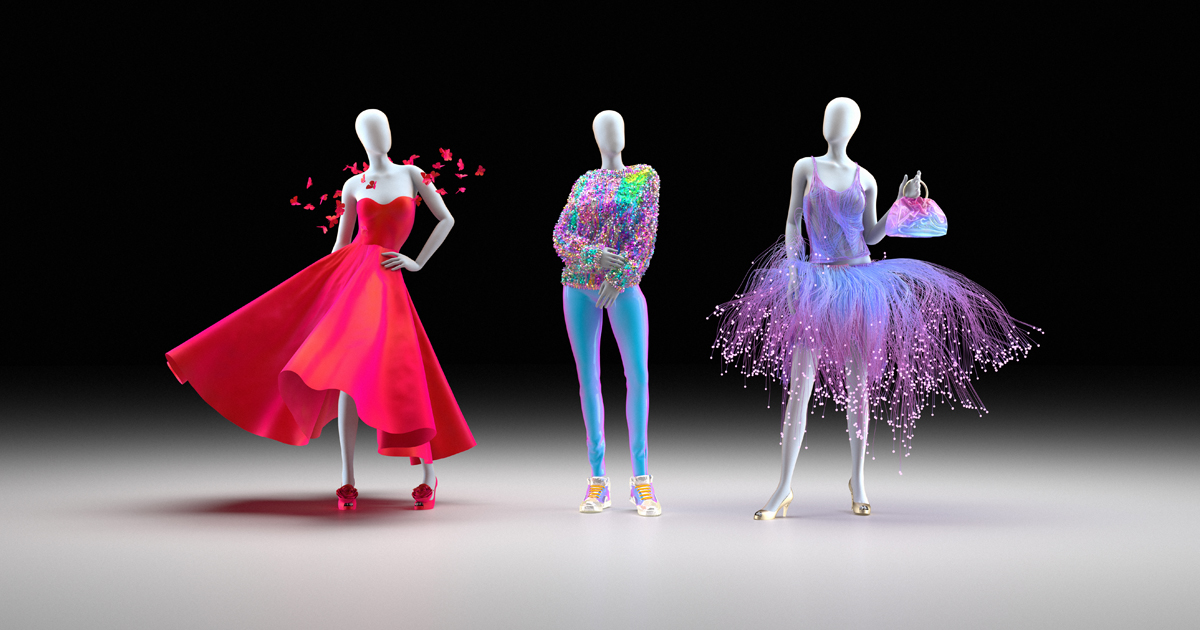Let’s cut to the chase: Retail has always been a game of guesswork. Merchants once relied on gut instinct, weather patterns, and the alignment of Venus to predict what shoppers might buy. Today, they’ve swapped astrology for algorithms. Enter generative AI, the buzzy tech that’s part fortune teller, part efficiency guru, and (when deployed right) the closest thing retail has to a cheat code.
But before we anoint it as the industry’s savior, let’s ask: Is generative AI a revolution or just another shiny toy? Spoiler: It’s both.
The retail renaissance
Generative AI isn’t just ChatGPT writing product descriptions. It’s retail innovation, slicing through inefficiencies and stitching together hyper-personalized experiences. Think of it as the love child of data science and creativity. A way to help retailers do things not just faster, but smarter, too. A tool that can dream up a bespoke handbag design at 2 a.m. and calculate the exact margin on that bag before sunrise.
Take Walmart, which now uses generative AI to restock your fridge before you even realize you’re out of oat milk. Or Amazon, whose AI scans millions of reviews to auto-generate summaries so you don’t have to wade through 5,000 words on why a $15 spatula is “life-changing.”
The personalization paradox
Remember when “personalization” meant slapping your name on a Starbucks cup? Generative AI has upgraded the game. It’s now curating entire shopping journeys based on your browsing history, mood (yes, mood), and previous shopping sprees.
Nike’s AI tool, for instance, crafts custom shoe designs by analyzing social media trends and customer feedback. But let’s not kid ourselves. Retailers know that tailored experiences drive loyalty, and loyalty drives margins.
And here’s the twist: Generative AI doesn’t just predict what you’ll want—it shapes what you’ll want next. By blending data with creativity, it’s orchestrating a shopping experience so seamless, you’ll wonder how you ever lived without it.
The AI advantage: Efficiency over guesswork
Generative AI is revolutionizing retail logistics by tackling inefficiencies head-on. From demand forecasting to dynamic pricing to automated replenishment systems, AI ensures shelves are stocked with precision, not guesswork.
Take Ocado as an example of supply chain mastery. By focusing on labor productivity through automation and robotics, Ocado reduced the time required to fulfill a 50-item grocery order from 74 minutes to just 15—and now robotic picking cuts that in half again. As Adriano Araujo, President, APAC & MEA of Ocado Group, put it at the 2025 RLC Global Forum in Riyadh: “Retail is tough business with razor-thin margins. You must focus where the money is.”
But here’s the catch: Data quality matters more than ever. Abdel-Salam Bdeir, CEO of SACO, highlights that poor data can lead to replenishing problems instead of solving them. “AI accelerates processes but needs human oversight,” he says. Without authentic customer insights and strategic decision-making, even the smartest algorithms can fail spectacularly.
Beyond selling insights
Retailers have long been obsessed with monetizing data. But they’re missing the bigger picture. As Adriano Araujo points out, true power lies in using data to make better decisions across pricing, promotions, assortment optimization, and more.
Imagine hundreds of suppliers analyzing your data—not just your internal team—working collaboratively to grow sales at your store or platform. This approach transforms data from a static asset into a dynamic growth engine.
Bobby Rajendran, CEO of Tamimi Markets, adds that while mistakes are inevitable when building data programs, they’re also invaluable learning opportunities. “Decide what the end looks like,” he advises, emphasizing clarity in goals as foundational to success.
The future: AI as partner
Generative AI won’t replace retailers, but it will redefine them. Imagine virtual store associates who never roll their eyes, virtual try-ons that don’t make you look like a melted wax figure, or store layouts adapting dynamically based on foot traffic patterns.
But here’s the bottom line: Generative AI isn’t a panacea; it’s a tool. One that rewards boldness and punishes complacency. And it offers limitless possibilities, but only if retailers focus on solving real problems with precision and purpose. All who treat it as a quick fix will fail; those who wield it strategically will thrive.
The takeaway: Adapt or perish
Generative AI is retail’s latest Darwinian test. It’s separating the innovators from the dinosaurs, the disruptors from the has-beens. The winners will blend AI’s cold logic with human warmth, creating experiences that feel less like transactions and more like relationships. As for the losers? Well, there’s always tarot cards.
Explore strategies for AI adoption in retail.







